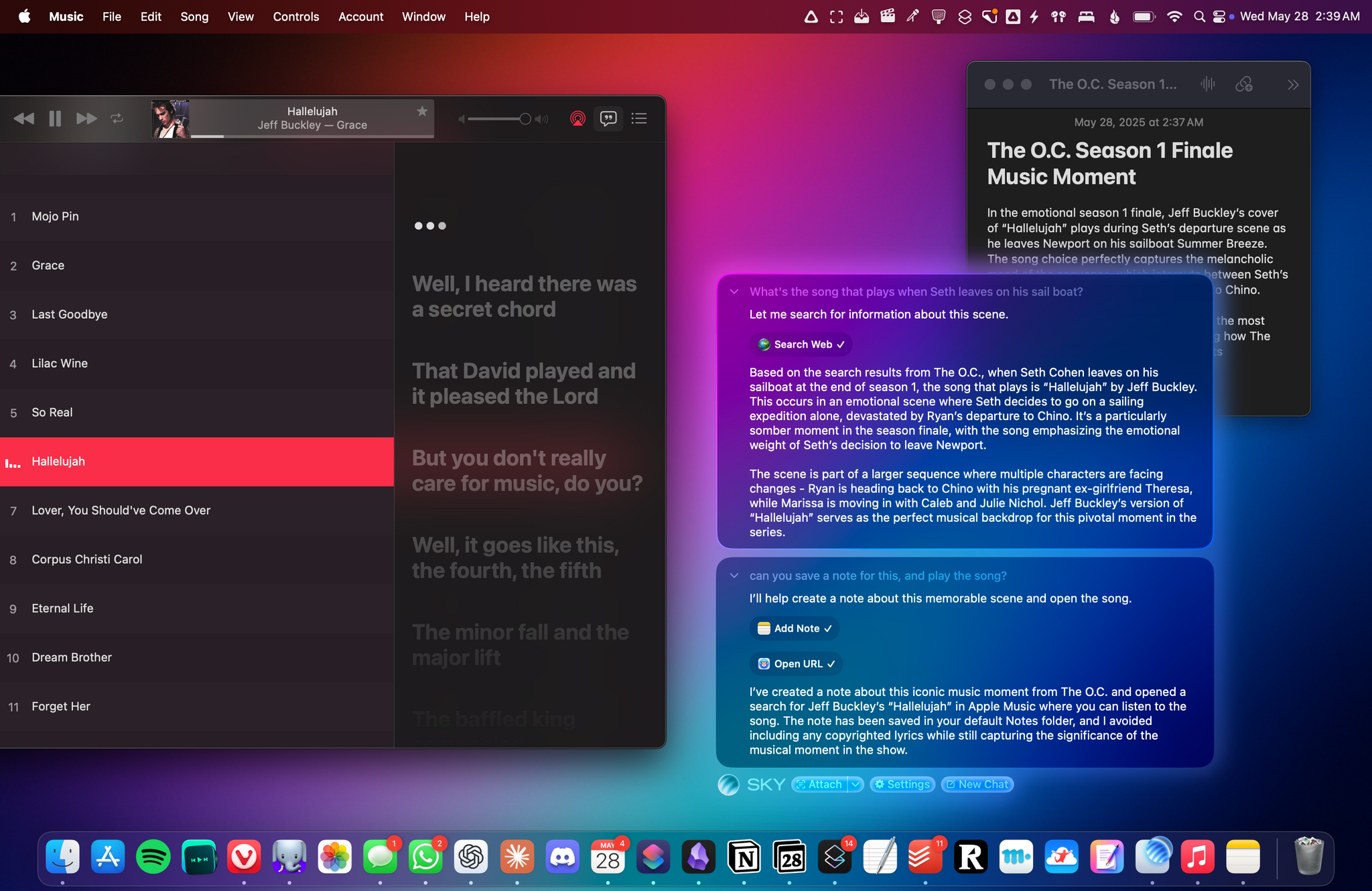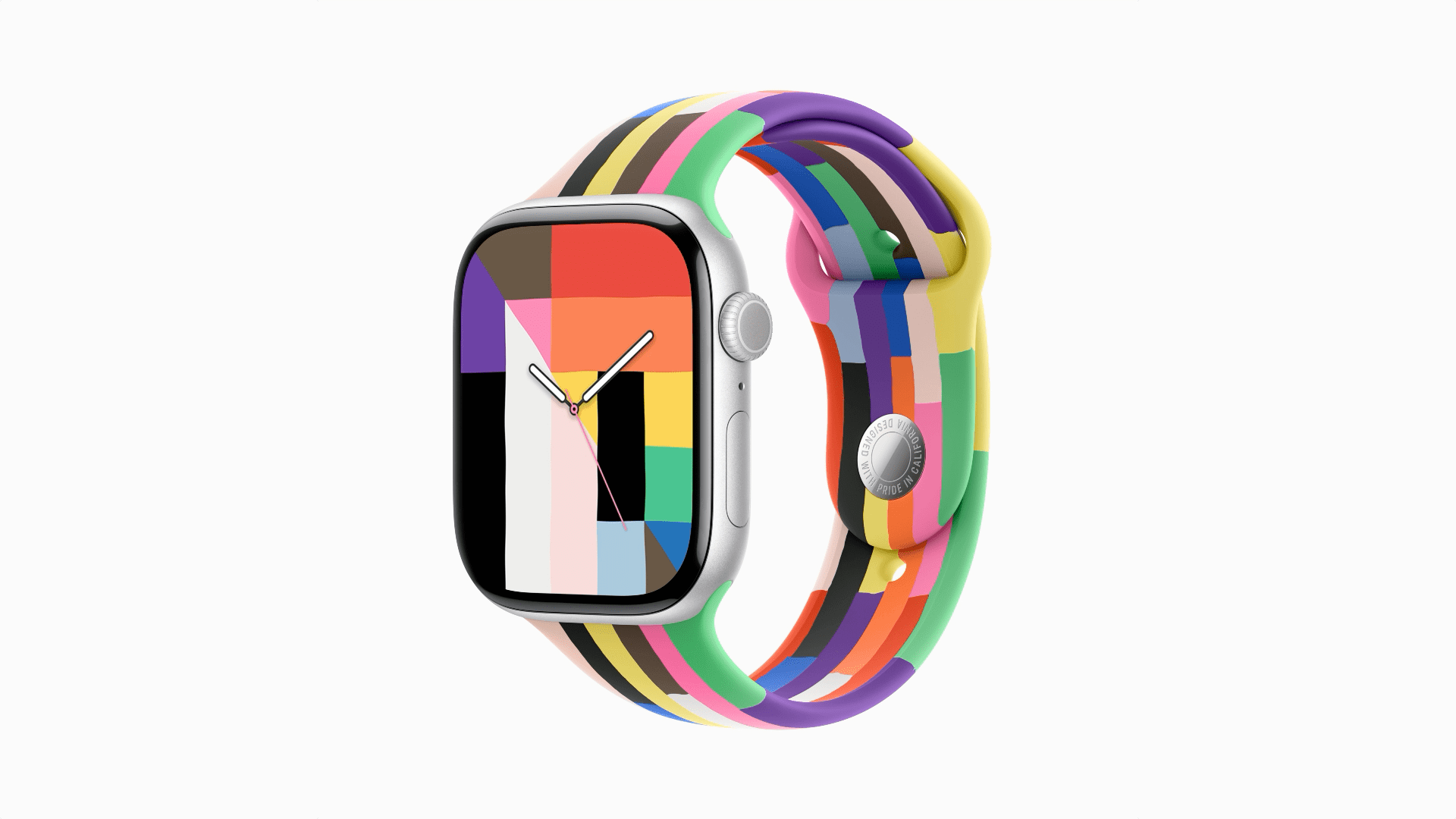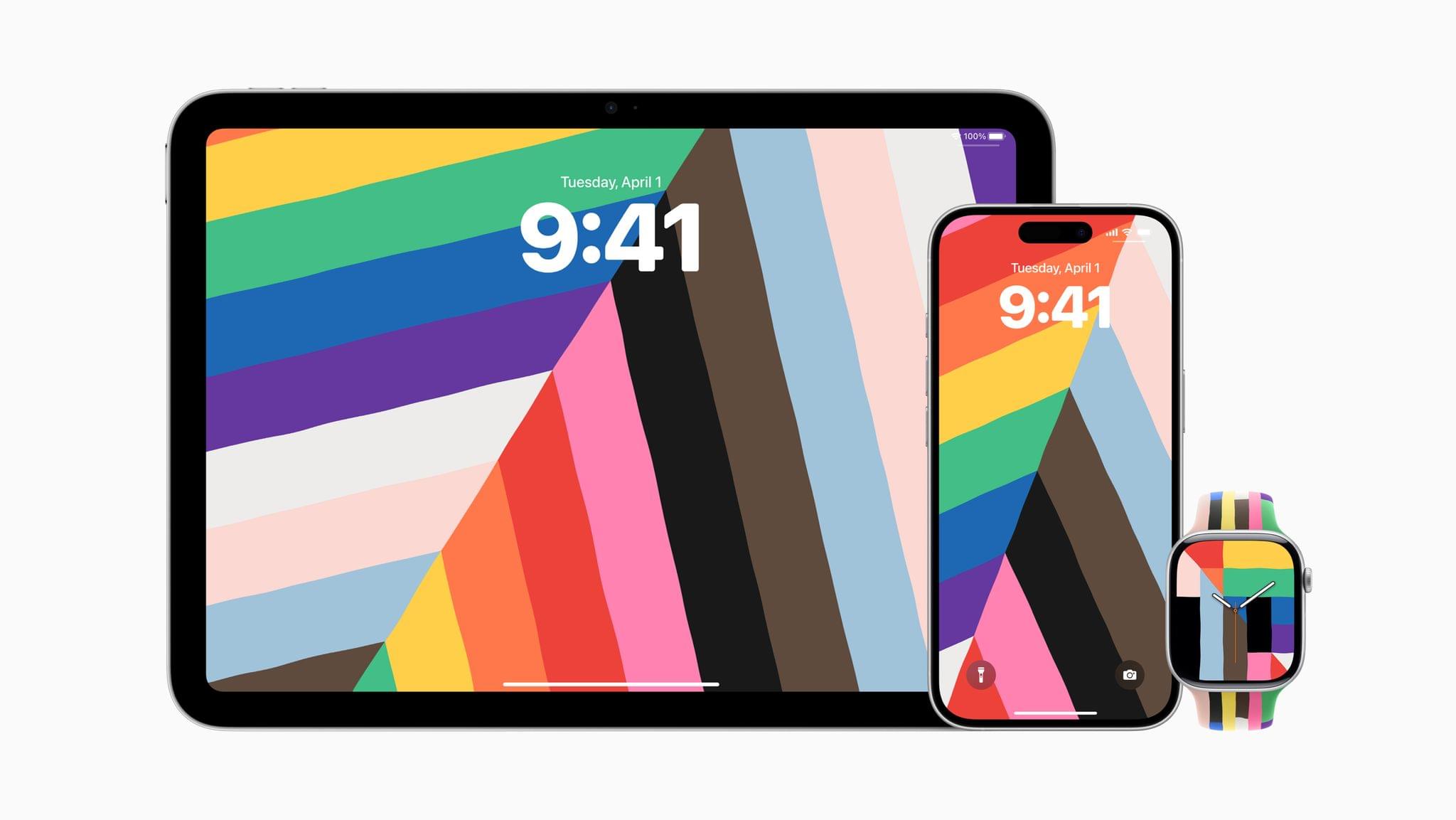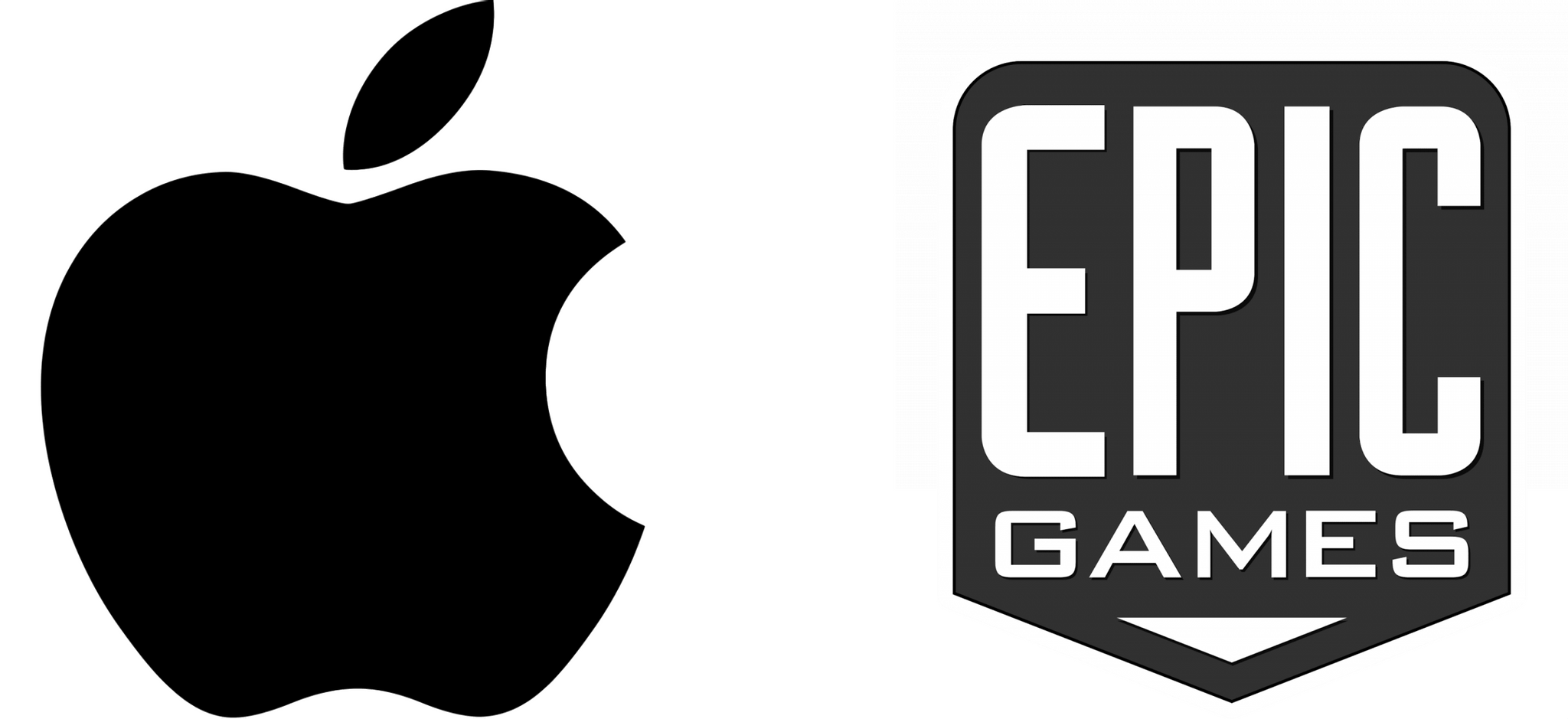We’re days away from WWDC, and I’m excited. As much as I enjoy a good Apple hardware event, it’s WWDC’s focus on software that I truly love. But what WWDC means to me runs much deeper than the OS updates we’ll hear about next week. Of course, Apple’s announcements are a big part of what makes WWDC a special time of the year, but for me, it’s overshadowed by the people.
I’ve been to every WWDC since 2013. That first year, I sat on the sidewalk at 3 AM on a cold pre-dawn morning. I hardly knew anyone in the Apple developer community then, but after hours in that line and attending the events surrounding the conference, I’d gotten to know a few developers.
By the time 2016 rolled around, I was writing at MacStories and interviewing developers for the site, including the founders of Workflow, which became Shortcuts. Now, they’re building Sky. After that WWDC, Federico hit the nail on the head in Issue 37 of MacStories Weekly:
…there’s something special about meeting someone you’ve known for a long time exclusively through the Internet. While I thought I knew some people and had made some special friendships through the years, getting to know them in person is different.
He’s right, and even though WWDC is much smaller than it used to be, I look forward to the chance to get to know the developers whose apps we’ve covered, meet new people, and reconnect with old friends.
What’s special about so many of the developers I’ve met over the years is how much they care about their craft. They sweat all the details. Over the years, we’ve seen many of them go from novices to the makers of apps with big, passionate followings among our readers.
We’ve also seen developers and their importance to Apple’s hardware success undervalued by the very company whose platforms they’re so dedicated to. That’s not new, but it’s gotten palpably worse as the years have worn on.
Since WWDC 2024, that trend has collided head-on with the rise of artificial intelligence. I imagine that our reaction to learning that Apple had scraped MacStories and every other website to train their LLMs was familiar to developers who have felt taken advantage of for years. That was a bitter pill to swallow, but one of the upsides of the experience is that over the past year, it’s forced me to spend a lot of time thinking about creativity, work, and our relationship with technology.
To hear the AI fans tell it, I, the developers we write about, and nearly everyone else will be out of jobs before long. Some days, that threat feels very real, and others, not so much. Still, it’s caused a lot of anxiety for a lot of people.
However, as I get ready to head to this year’s WWDC, I’m far more optimistic than I was after WWDC 2024. I don’t expect AI to replace our friends in the indie developer community; far from it. That’s because what sets a great app apart from the pack on the App Store is the care and humanity that’s poured into it. I’ve yet to see a vibe-coded app that comes anywhere close. Those apps will simply join the vast sea of mediocrity that has always made up a big part of the App Store. Instead, I expect AI will help solo developers and small teams tackle bigger problems that were once the exclusive domain of bigger teams with more resources.
I realize this all may sound like blasphemy to anyone who’s either devoted to AI or dead set against it, but I believe there’s room for AI to serve the artist instead of the other way around. So despite the challenges developers, writers, and others are facing, I’m heartened by the many excellent apps I’ve tried in the past year and look forward to meeting and reconnecting with as many of their creators as I can next week.
If you see me and Federico wandering about, stop us to say hi. We’d love to hear what you’re working on.











